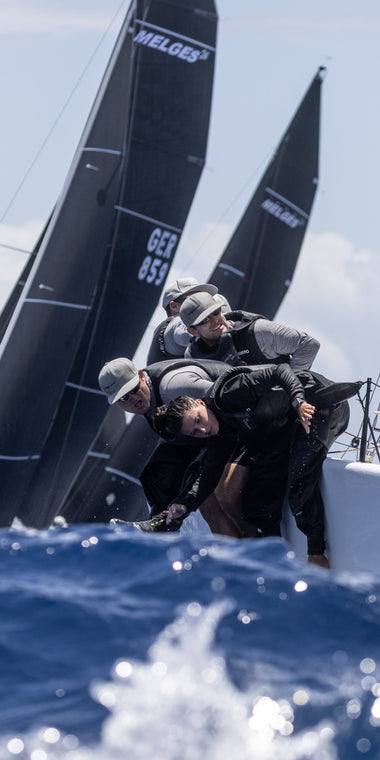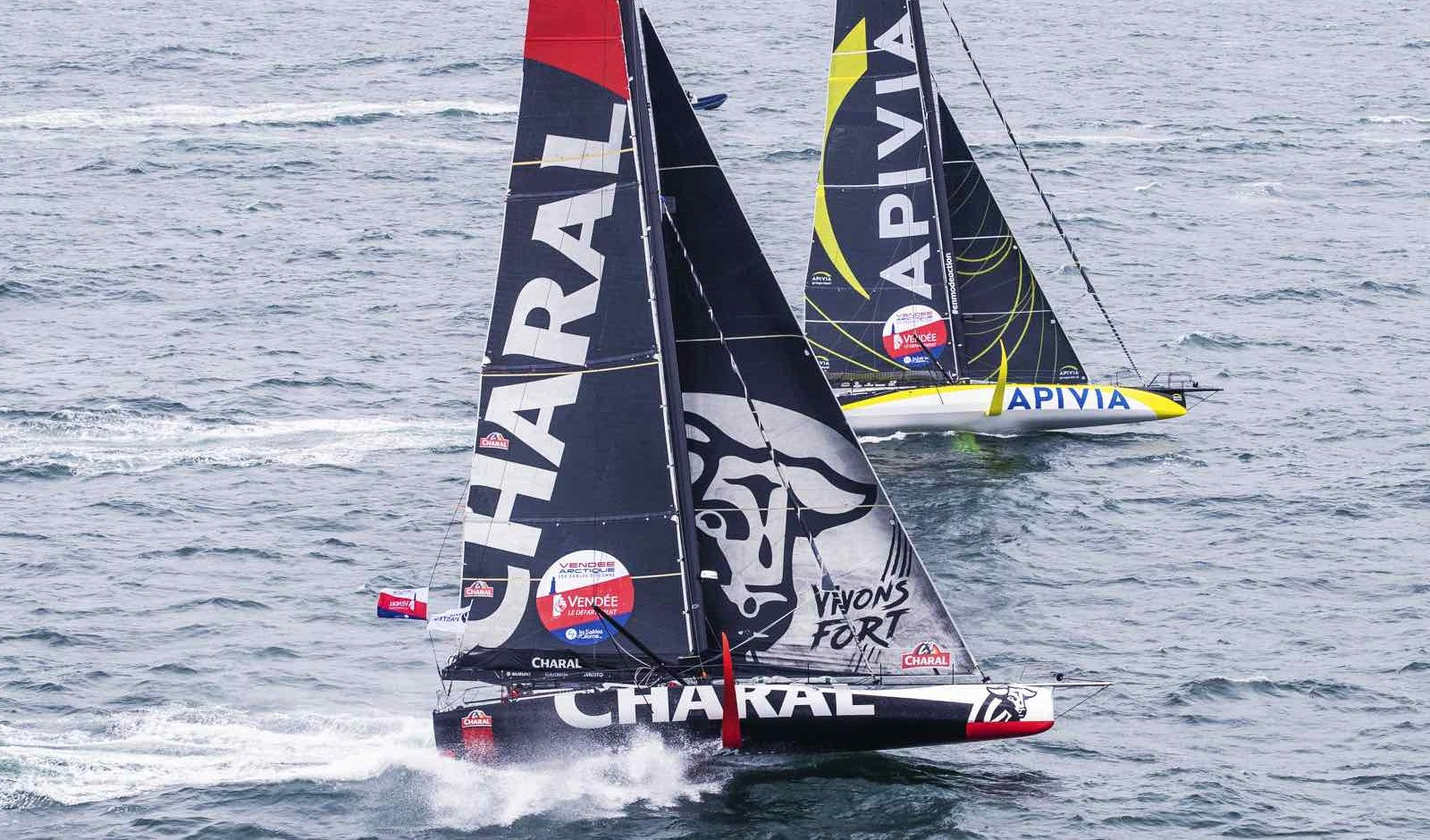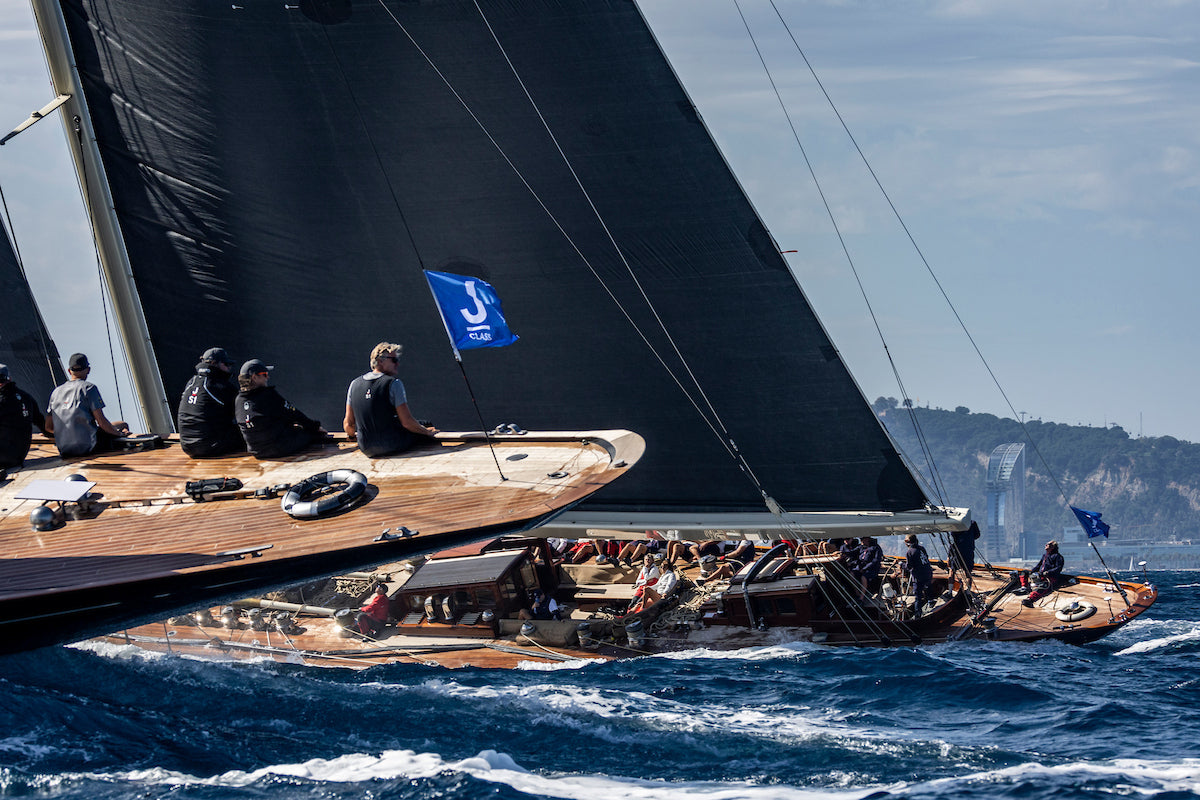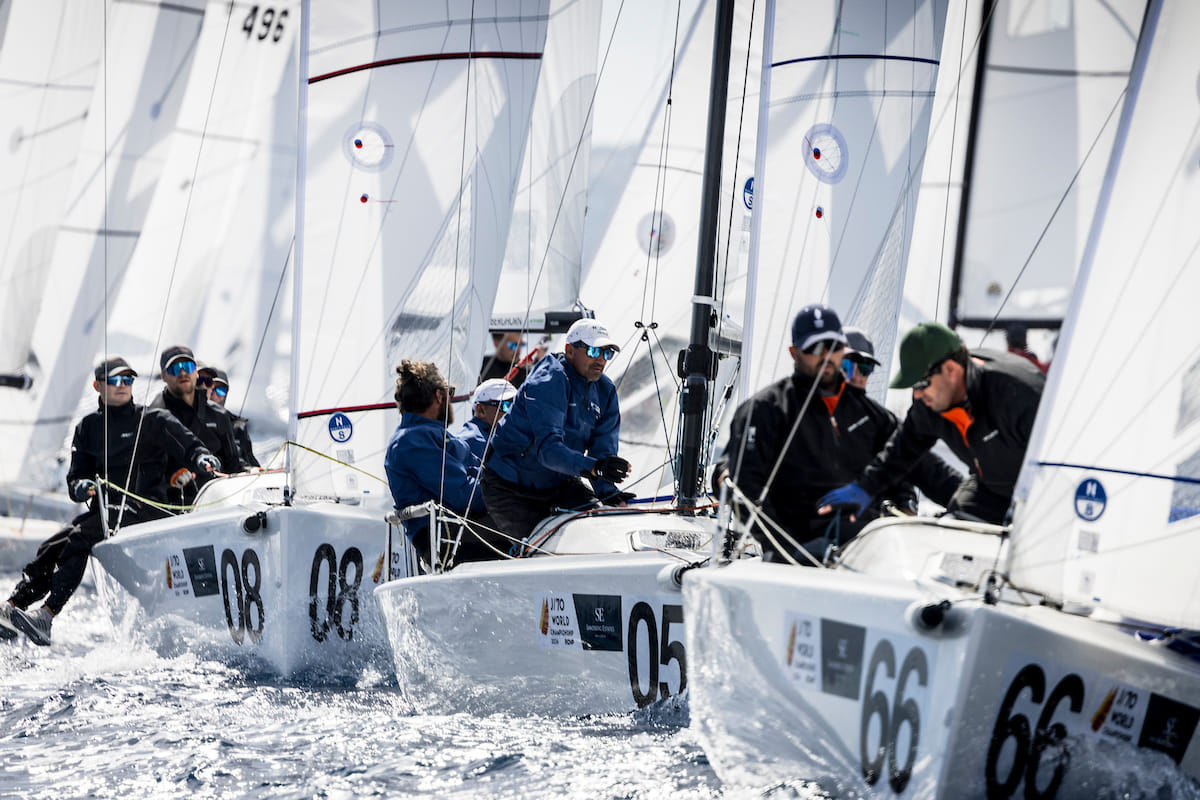VENDÉE GLOBE VIDEO ARCHIVE
VENDÉE GLOBE VIDEO ARCHIVE
View our 7-Episode Video Series
The Vendée Globe was born in November 1989. It began as a daring challenge launched by a group of 13 sailors, including French navigator Loïck Peyron. For the skippers who participate, the lure of this race outweighs the risk of sailing non-stop, solo, and without assistance around the world. And for fans, we all gather every four years to be captivated by the next generation of IMOCAs, see who will reach the finish line and if we’re lucky, witness the setting of a new speed record.

Episode 1: Thus was Born the Vendée Globe
Peyron joins North Sails to lend his voice as our narrator in a six-part video series. He offers his perspective on this legendary race by telling the story of the exceptional skippers who dare take on the challenge, the passion that drives them, and the quest for open-ocean adventure. Beyond, the modern Vendée features the emergence of women and international sailors, the ever-evolving technology of the IMOCA, not to mention the growing enthusiasm amongst spectators and all those who are passionate about this unrivaled competition.
With his impressive list of accomplishments, and collection of offshore miles, Loïck Peyron is regarded as one of the greatest French sailors. He took part in the first edition of the Vendée Globe, where he finished second. In this first episode, he recounts the history of the Vendée Globe through his eyes, from its origins to the present day, a race that has left an indelible mark in people’s minds.
Episode 2: Technology and the Modern IMOCA
The Vendée Globe is a race exclusively reserved for the IMOCA, a 60-foot monohull machine built for racing. The open rule gives the naval architects great freedom of design when imagining the next generation of boats. A class known for technological experimentation, the IMOCA has seen radical innovations such as foils appear in recent years. These appendages, placed on either side of the hull, provide power, reduce drag, and propel the IMOCA to fly above the surface at speeds that were once inconceivable. In two decades, the modern IMOCA has shaved close to 40 days off a circumnavigation. The 2020 race start is on the horizon, and many of us onshore wonder- how fast will these boats fly?
In Episode 2 of our Vendée Globe 2020 video series, French sailor and storyteller Loïck Peyron explores the phenomenal high-tech advances of the IMOCA. Loïck brings us beyond visual appearances and dives deep into the construction and materials, most notably carbon, used in the boats. Today, the IMOCA is lighter, faster, and more reliable. The manufacturing methods of these boats are closer to those of airplanes than to sailboats. “We use the same terms, the same mathematical formulas and the same prediction and simulation tools as those used in aircraft,” stresses Loïck Peyron. Generally speaking, “the speeds of the boats have been multiplied by four in forty years.”
Episode 3: The Spirit of Adventure
In search of a challenge, a record, or an adrenaline rush, the sailors participating in the Vendée Globe are constantly testing their boundaries and pushing their equipment in an attempt to rack up a few miles, hours, days. From them, the open ocean beckons with the taste of adventure and a fascination for the unknown.
“What’s interesting is what you don’t know,” says 61-year old Jean Le Cam, who is taking part in the Vendée Globe for the fifth time. “You are constantly questioning yourself to avoid getting bored.”
More than a race, the Vendée Globe is the ultimate adventure. The skippers hunger to get out of their comfort zone and exceed their limits, and it is their story that fascinates the spectators. This race is one of the rare sporting events where completing the single-handed non-stop round the world race is seen as a remarkable accomplishment in and of itself.
Join our Vendée Globe 2020 narrator Loïck Peyron as he uncovers why the race, even for veterans like Le Cam, is a once in a lifetime adventure.
Episode 4: The Solo Experience
Singlehanded ocean racing is demanding and not for the faint of heart. It is a profession that requires a certain state of mind and a great ability to adapt. “It may not sound like much but being alone changes your state of mind,” says Clarisse Crémer, who is taking part in her first Vendée Globe. In addition to taking on all the roles on board and managing your mind, stress, sleep and the unexpected, you also have to accept that you are not always at 100%,” admits Kevin Escoffier, who is embarking on his first solo circumnavigation after many years as an ocean racing crew member. “If the wind is different from what is expected, you have to deal with it and choose sleep over perfection for a few hours.”
Today, ocean racing has become much more competitive than it was in the early days of the regattas. Modern boats are equipped with an impressive technological arsenal that almost forces skippers to hide inside their boat and think about their strategy all the time.
In this fourth episode, Loïck Peyron looks back at the history of sailors venturing onto the sea. This week’s special guests include Escoffier, Jean Le Cam, and Vendée Globe rookie Clarisse Crémer, who will soon be departing for the solo, non-stop, and without assistance competitive journey around the world.
Episode 5: The Women of the Vendée Globe
A record of six women are included on the 33 skipper roster for the Vendée Globe 2020. This is historic, considering only seven women have participated, and six have ever completed the race since its inception in 1989. This trend is a reflection of what we’re seeing elsewhere in sailing, as more women take on leadership positions and compete at the highest level of the sport.
The IMOCA is a big boat with big gear, and female sailors bring a unique approach to solo sailing. Our fifth episode of the Vendée Globe video series features their story. Loïck Peyron is joined by Clarisse Crémer and Isabelle Joschke to discuss how these six women will approach this great adventure around the world.
Episode 6: The IMOCA Engine Above Deck
Among the 33 skippers who will be advancing tomorrow, Sunday, November 8th, from Sables-d’Olonne at 13:02 CET, 22 are equipped with North Sails 3Di, (17 have a full inventory and 5 have a partial inventory). Onboard their IMOCA, the skippers will cover 40,075 km, which will take up to three months to reach the finish line.
Episode 6 of our Vendée Globe video series drops just in time for the start of this around-the-world adventure. In this episode, we have a masterclass on the sails that power the super-charged IMOCAs. Charal skipper Jérémie Beyou, and PRB skipper Kevin Escoffier join North sail designers Quentin Ponroy and Yann Andrillon on the evolution of sails and what it takes to outfit the latest generation foiler.
Episode 7: As the Fleet Set Off
“We know when we are departing, but we do not know when we will return,” recalls Loïck Peyron in this seventh and last episode of our Vendée Globe video series. Although an absent crowd marked the 9th edition’s departure, emotions ran high on Sunday, November 8th.
Each skipper acknowledges the incredible magnitude of this race: their story, their challenge, their competition, but also the team, sponsor, and the public with whom they will share their adventure that is full of moments of joy or sadness. Because completing the Vendée Globe remains an incredible achievement, the arrival home to the Sables d’Olonne after three months at sea is a moment as emotional as the start.



























